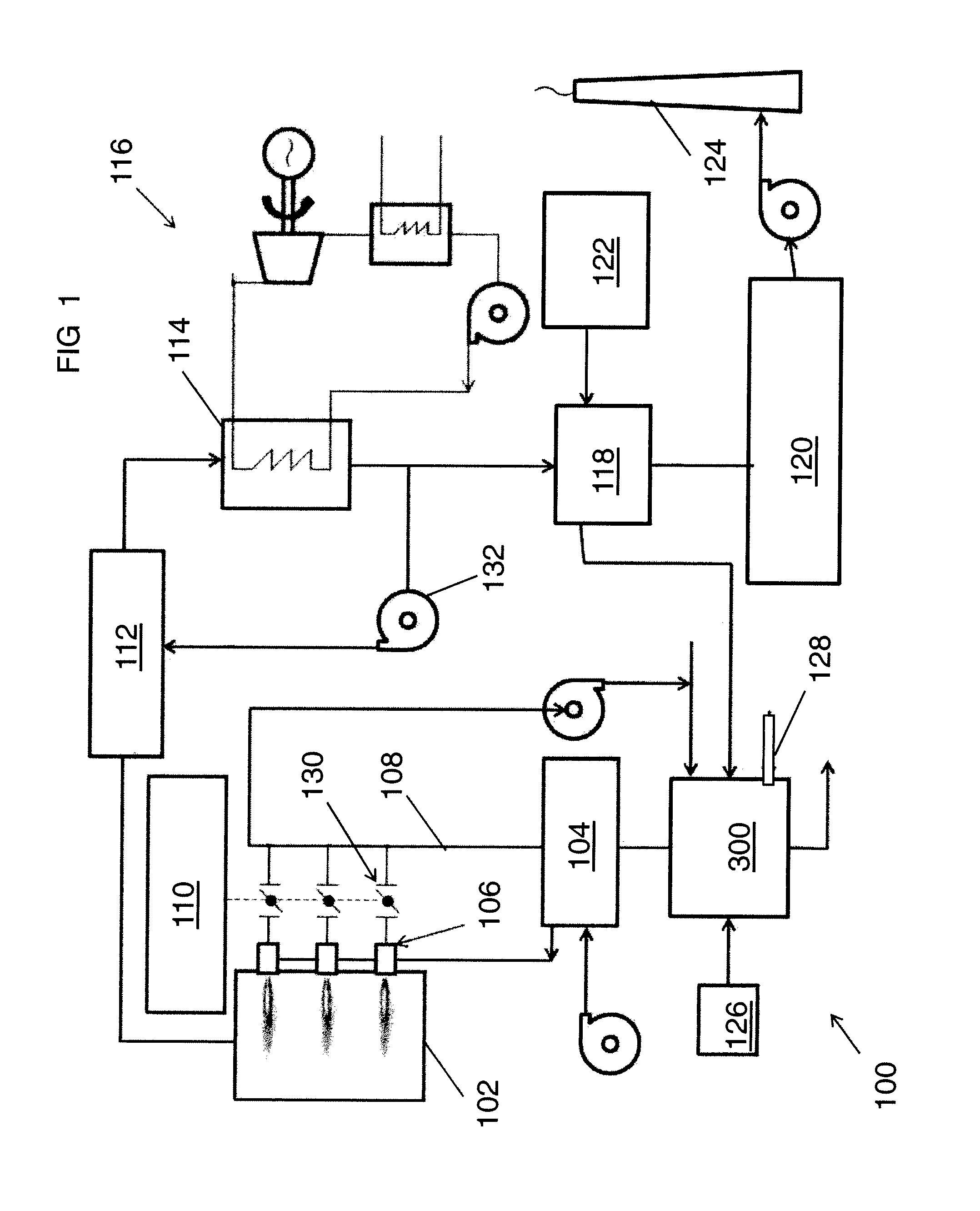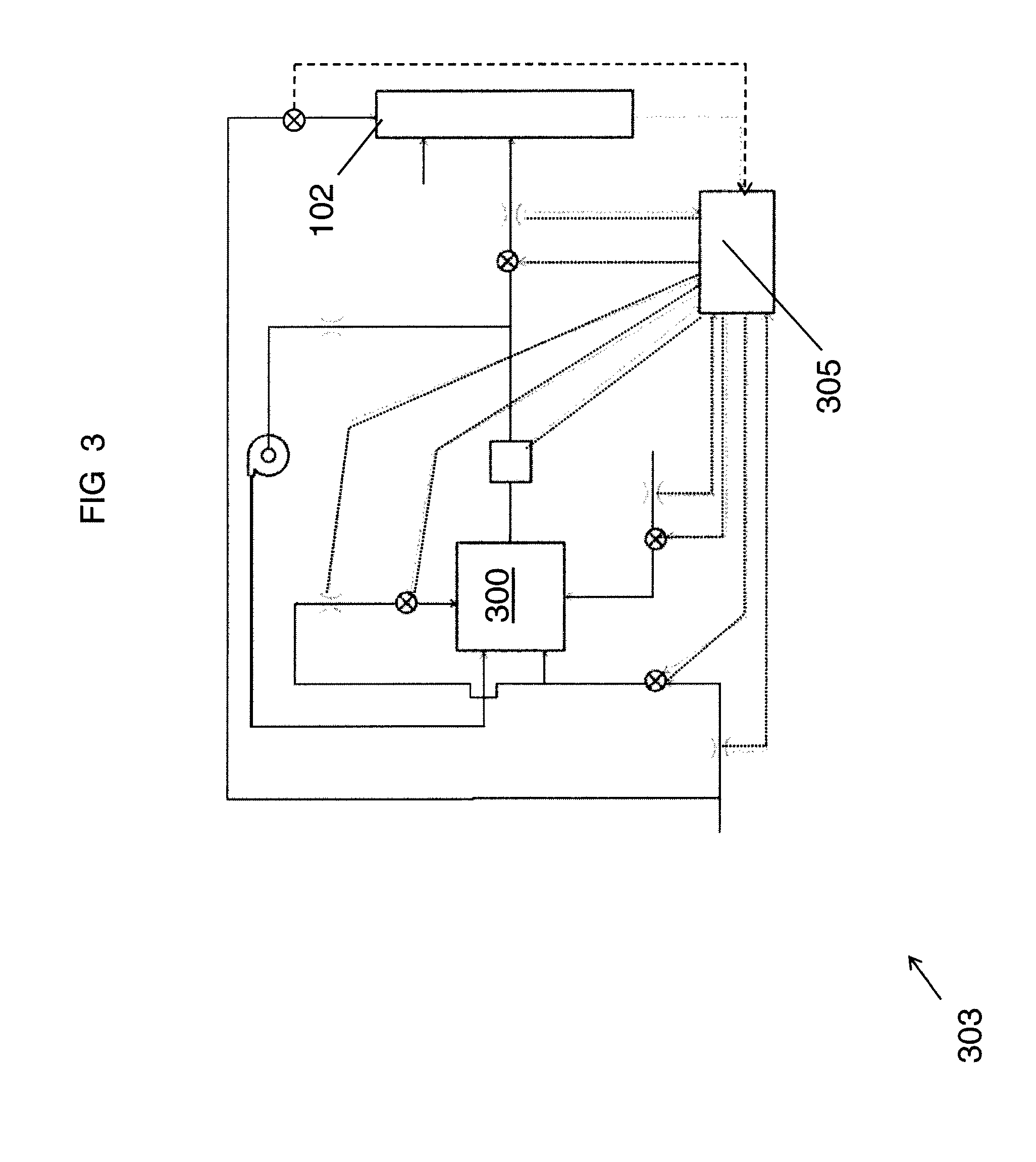Method for Gasification and A Gasifier
a gasification and gasifier technology, applied in the direction of combustible gas production, lighting and heating apparatus, combustion types, etc., can solve the problems of reducing and reducing the operation of known cyclonic reactors. , to achieve the effect of reducing or eliminating operational shutdowns, reducing wall refractory erosion, and extending the life of refractory materials
- Summary
- Abstract
- Description
- Claims
- Application Information
AI Technical Summary
Benefits of technology
Problems solved by technology
Method used
Image
Examples
Embodiment Construction
[0031]Provided is a method of gasification and a gasifier involving cyclonic gasification. Embodiments maintain the temperature and viscosity of slag within the gasifier, substantially protect the gasifier from erosion, utilize oxidant(s) having little or no inert gas, retain gas momentum for gasification, include compact arrangement with a high heat release to volume ratio, rapidly heat and ignite solid fuel particles, and / or extend residence time and uniformity of temperature distribution.
[0032]FIGS. 1, 2, and 3 show exemplary systems including an exemplary cyclone gasifier 300. FIGS. 4 through 13 show various views and / or embodiments of the gasifier 300. Suitable systems include, but are not limited to, energy-intensive systems (such as for pulp and paper, glass, steel, non-ferrous, utilities, biorefining) and systems retaining captive biomass feedstock or organic by-products (such as for forestry, pulp and paper, food processing—animal and vegetable, agriculture and biorefining)...
PUM
| Property | Measurement | Unit |
|---|---|---|
| velocity | aaaaa | aaaaa |
| velocity | aaaaa | aaaaa |
| contact angle | aaaaa | aaaaa |
Abstract
Description
Claims
Application Information
 Login to View More
Login to View More - R&D
- Intellectual Property
- Life Sciences
- Materials
- Tech Scout
- Unparalleled Data Quality
- Higher Quality Content
- 60% Fewer Hallucinations
Browse by: Latest US Patents, China's latest patents, Technical Efficacy Thesaurus, Application Domain, Technology Topic, Popular Technical Reports.
© 2025 PatSnap. All rights reserved.Legal|Privacy policy|Modern Slavery Act Transparency Statement|Sitemap|About US| Contact US: help@patsnap.com



